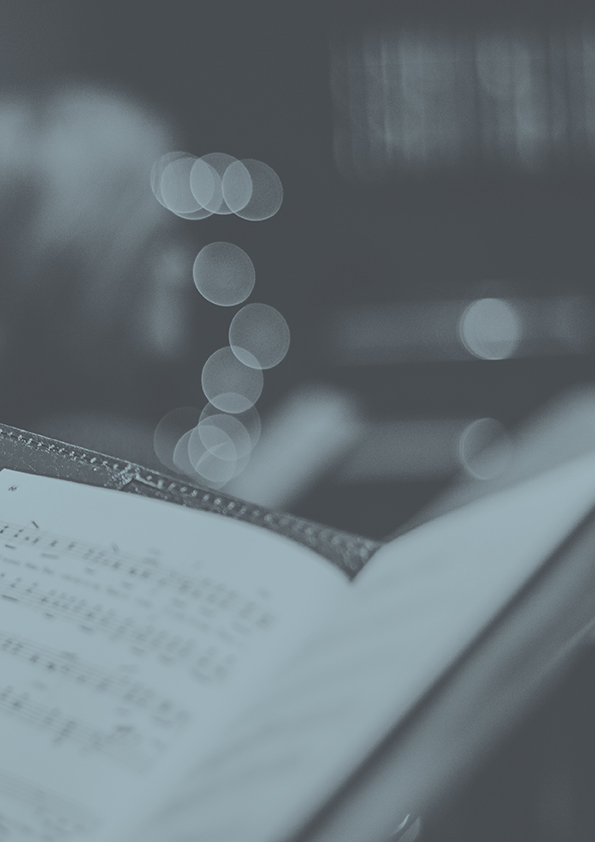| Product ID | SON00001922 |
| Composer | Hugo Verweij |
| Duration | 01:45 min |
| Genre | Classical, Memorial, Contemporary |
| Instrumentation | Saxophone quartet and voice (baritone) |

Offert par Sonolize, Ofrecido por Sonolize, Oanbean troch Sonolize.

Every Time I’ll Weep
| SKU | SON00001922 |
| Composer | Hugo Verweij |
| Arranger | |
| Genre | Classical Memorial Contemporary |
| Instrumentation | Saxophone quartet and voice (baritone) |
| Free description | A contemporary piece for saxophone-quartet and baritone-voice, based on a poem by Leo Vroman. |
| Grade | 4 |
| Duration | 01:45 min |
| Year | 2024 |
Program Notes
A contemporary piece for saxophone-quartet and baritone-voice, based on a poem by Leo Vroman.
Come this evening with stories
How the war disappeared
and repeat them a hundred times
every time I’ll weep
These lines of poetry by Vroman inspired this short work for saxophone quartet and baritone voice.
It has a two-part message. First is the message of the enormous pain and tension experienced. In order never to forget that, the poet calls for telling stories about this and repeating those stories a hundred times. Second is the sense of sadness, which is expressed unequivocally in the last line of poetry.
The pain and tensions are captured in the harmonies, rhythm and tempo, working toward the climax in bars 21 through 23. In bars 25 to 31 there is the sorrow. Sadness which remains hushed.
The poet's call to tell stories and repeat them a hundred times is powerful. Through stories, misery from the base of society becomes visible and alive. By repeating them a hundred times, those stories will not fall silent, but will continue to bear witness to something, which should never be forgotten.
To express this in music, I used a ‘stories’-motif: three notes, where the first note is short and the second is longer. The third note is again short and given no emphasis: 'ver-há-len' (Dutch for ‘Stories’). These motifs are found from the prelude to measure 9, after which they manifest themselves more and more emphatically in measures 9 through 13.
In measures 14 through 20, the motif forces its way into prominence in the foreground in two reductions. To come loudly to the climax in measures 21, 22 and 23.
The poet calls for the “stories” to be repeated “a hundred times”. And that is exactly what happens in this piece: between the upbeat of 9 and measure 24, the ‘stories’-motif is heard exactly 100 times in the saxophone quartet.